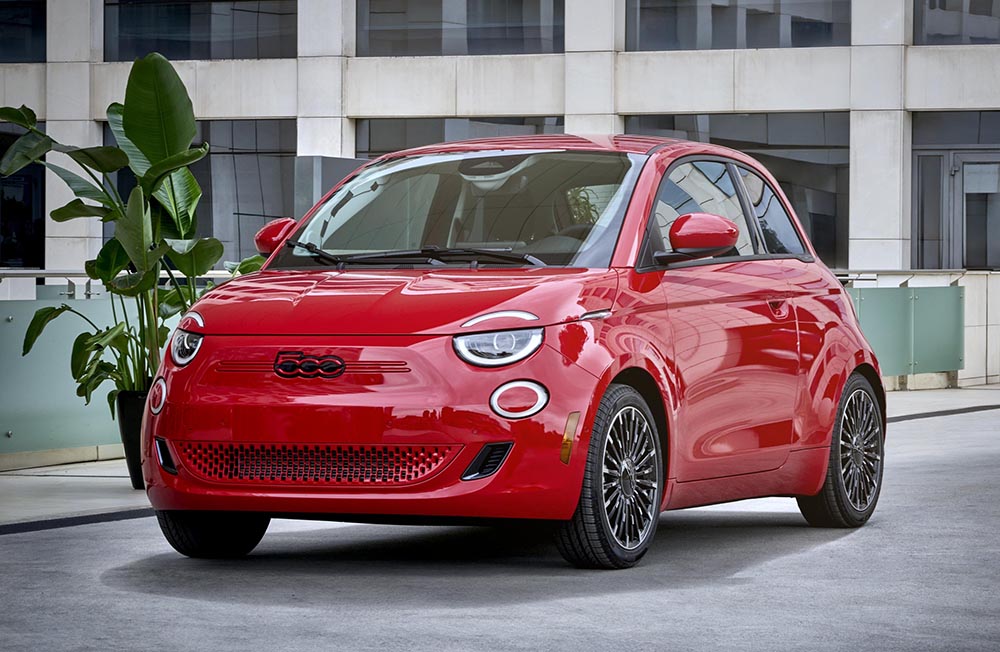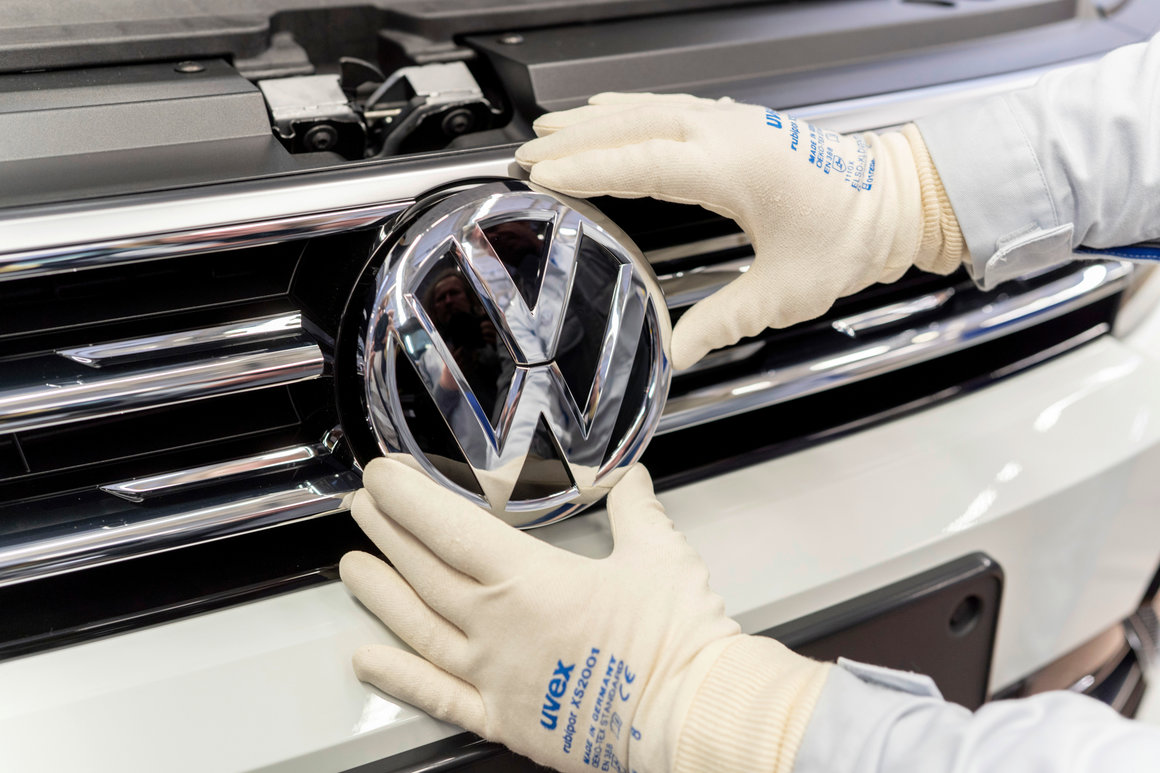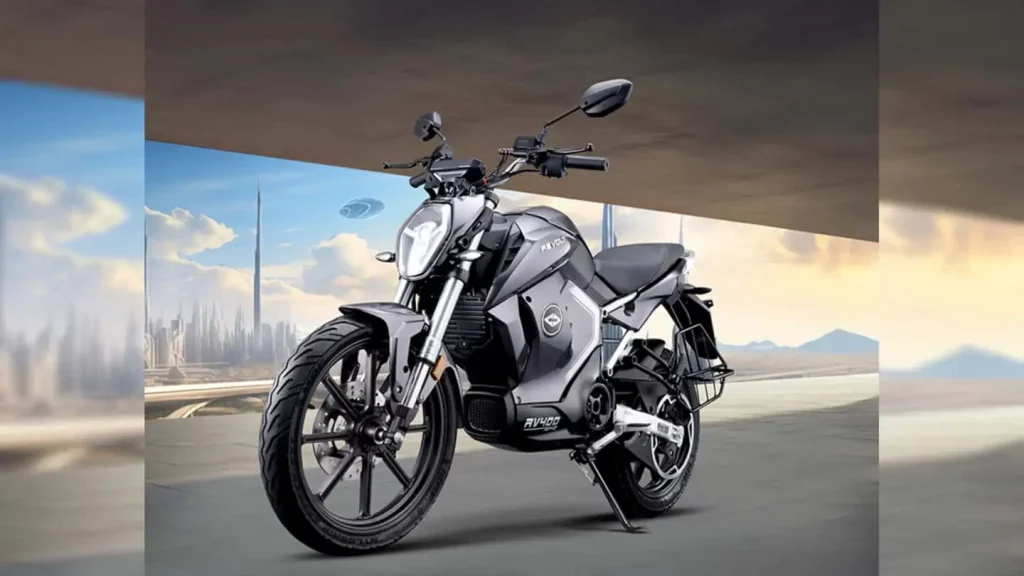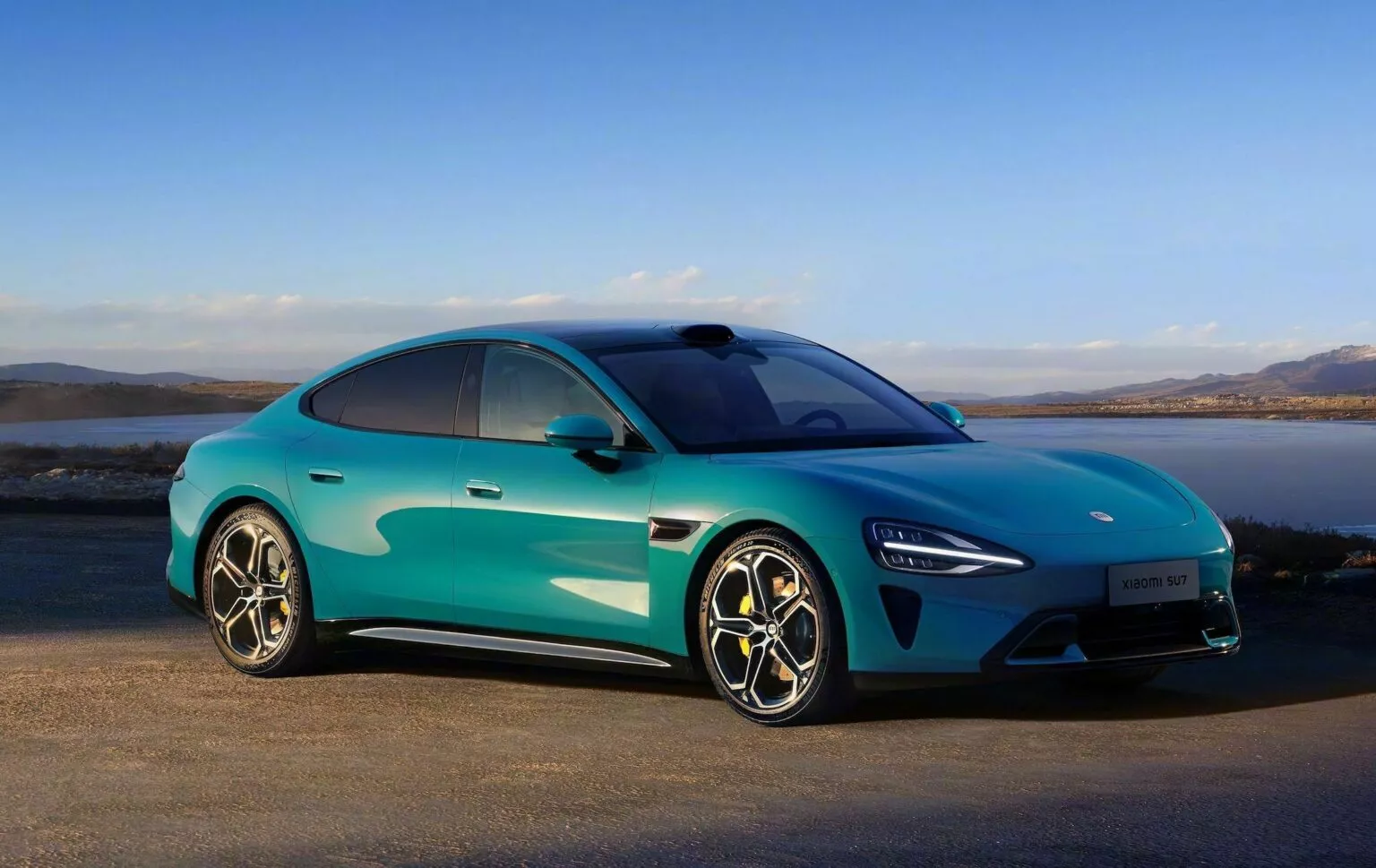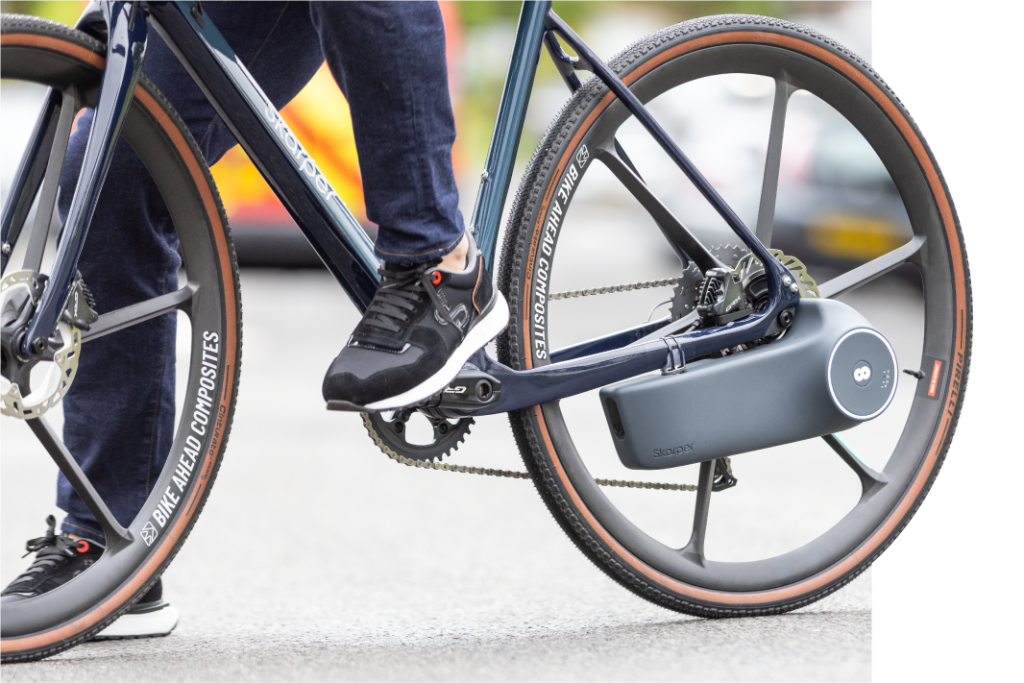Italy’s government has revealed the key components of the 2024 eco-bonus, primarily targeting low-income households with older vehicles. The budget for this initiative amounts to €950 million by year-end, with subsidies extended to the purchase of “vehicles with low pollutant emissions,” including combustion engines.
The funding allocation includes €793 million for cars, €35 million for mopeds and motorbikes, €53 million for light commercial vehicles, €20 million for used cars, and €50 million for a long-term rental program. Notably, out of the €793 million earmarked for cars, only €240 million will be directed toward purely electric vehicles, with an additional €150 million for plug-in hybrids. The lion’s share, €403 million, is reserved for full hybrids, mild hybrids, and traditional combustion engines emitting between 61 and 135 g/km of CO2.
See also: Italy Explores Auto Incentive Scheme to Address Chinese EV Price Advantage
The subsidy amount is contingent on the applicant’s income and the emissions standard of the old combustion engine being scrapped. For electric cars, a maximum of €13,750 is granted, subject to an annual income of less than €30,000 and scrapping a combustion engine falling within Euro 0 to Euro 2 emission standards. Generally, the subsidy for a new electric car or fuel-efficient combustion engine is capped at a net list price of €35,000 or €42,700 gross.
However, plug-in hybrids can be subsidized up to €45,000 net or €54,900 gross. The environmental bonus for fuel-efficient combustion engines is capped at €3,000 and requires scrapping, while for battery electric vehicles (BEVs) and plug-in hybrids (PHEVs), bonuses of up to €7,500 are available without scrapping an old combustion engine.
The eco-bonus is set to take effect in March 2024, with a focus on incentivizing low-income households. The goal, as outlined in a government document, is to replace at least 11 million EURO 3 cars or lower-class vehicles, addressing Italy’s aging vehicle fleet, one of the oldest in Europe. Italy’s electric vehicle market share is currently lower than other major European countries.
See also: Stellantis Inaugurates €40 Million Battery Technology Center in Turin, Italy
The incentive system was presented by Italy’s Industry Minister Adolfo Urso, who also expressed openness to Italy taking a stake in car manufacturer Stellantis. This announcement follows a previous conflict between the right-wing government and Stellantis over production levels in the country. Stellantis has committed to increasing production in Italy, and discussions are underway regarding Italy potentially taking a stake in the car manufacturer, similar to the approach taken by the French government.

